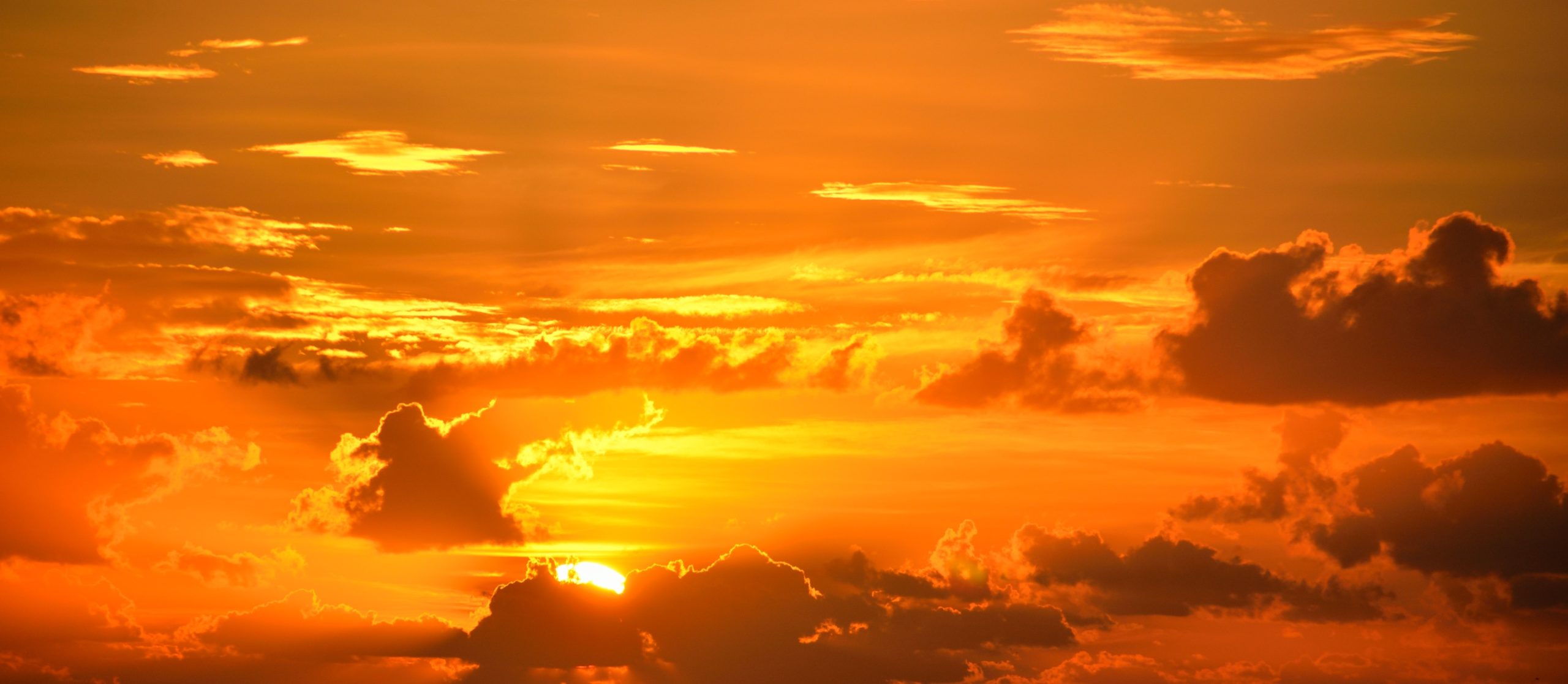Introduction
Wildfire smoke often creates striking and vivid hues in the sky, painting the horizon with fiery colors that captivate our attention. This mesmerizing display has piqued the curiosity of many, prompting questions about the science behind the vibrant colors. Let’s delve into the fascinating world of wildfire smoke and the scientific phenomena that give rise to its fiery hue.
Particulate Matter and Light Interaction
The striking colors of wildfire smoke are a result of the interaction between light and tiny particles suspended in the air. These particles, known as particulate matter, are a complex mixture of carbon, ash, and other pollutants released during the combustion of vegetation.
When sunlight passes through the smoky atmosphere, it encounters these particulate matter. The particles scatter and refract light, breaking it into its component colors like a prism. This phenomenon, known as Rayleigh scattering, is the same process responsible for the blue color of the sky during clear days.
The Role of Wavelengths
The colors we perceive in the sky are determined by the wavelengths of light. Shorter wavelengths, such as blue and violet, are scattered more efficiently by the particles, resulting in a blue sky. However, during wildfires, the presence of larger particles and additional pollutants can influence the scattering process, altering the colors we see.
Fiery Hues: Reds, Oranges, and Yellows
During wildfires, the sky may exhibit vibrant red, orange, and yellow hues. This occurs when the larger particles in the smoke selectively scatter shorter wavelengths of light, such as blue and green, while allowing longer wavelengths like red, orange, and yellow to pass through with less scattering.
As a result, the sky takes on the fiery colors associated with sunsets. The setting sun enhances this effect as its light must pass through a thicker layer of the smoky atmosphere, causing even more scattering and amplifying the red and orange appearance.

Atmospheric Conditions and Air Quality
The intensity and extent of the fiery hues in the sky depend on various factors, including the density of particulate matter, the altitude of the smoke layer, and prevailing weather conditions. In some cases, wildfire smoke can lead to reduced air quality and pose health risks for vulnerable populations.
Appreciating Nature’s Spectacle
While the vibrant colors of wildfire smoke create stunning sunsets and sunrises, it’s essential to remember that wildfires themselves have significant environmental and human impacts. These wildfires can lead to the destruction of ecosystems, property damage, and human health concerns. It’s crucial to appreciate the beauty of nature’s spectacle while also recognizing the need for fire prevention, management, and the support of firefighting efforts to protect communities and the environment.
Conclusion
The fiery hues of wildfire smoke that paint the sky are a testament to the complex interactions between light and particulate matter. As sunlight passes through the smoky atmosphere, it scatters and refracts, resulting in the mesmerizing colors we witness during wildfires. While this phenomenon provides stunning visuals, it also serves as a reminder of the importance of fire prevention and environmental conservation to protect our communities and preserve our natural resources.




